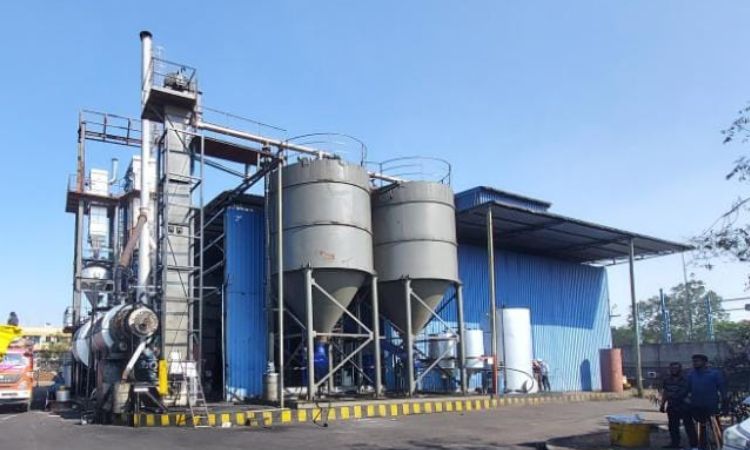New study urges action on tire particles, a leading microplastic contributor
An international study has identified tire particles (TPs) as the largest source of microplastics, urging targeted research to address their environmental and health risks. Accounting for nearly a third of all microplastics, TPs differ from traditional microplastics in their size, chemical composition, and behavior in ecosystems, prompting researchers to advocate for their classification as a distinct environmental concern.
“Tire particles are classified as microplastics, yet they contain hundreds of unknown chemicals that leach into the environment, posing potential risks,” said Henry Obanya from the Institute of Marine Sciences and the Revolution Plastics Institute at the University of Portsmouth. The study highlights gaps in understanding how TPs are transported and the extent of their toxicity, recommending ten priority research areas, including environmental detection, chemical analysis, and regulatory action.
The research, which involved experts from institutions like the Norwegian Research Centre (NORCE), underscores the urgent need to standardize frameworks for quantifying and managing TPs globally. Dr. Farhan R. Khan, a senior researcher at NORCE and contributor to the study, emphasized the importance of interdisciplinary collaboration in tackling TP pollution. “By gathering experts focusing on environmental presence, analytical detection, toxic effects, and regulation, this study offers a comprehensive roadmap for addressing future research needs,” he said.
Unlike simpler polymers in conventional microplastics, TPs are composed of synthetic and natural rubber, enriched with additives such as heavy metals and stabilizers. These components make TPs chemically complex and hazardous as they degrade. The study emphasizes the need for transparency in tire manufacturing to better understand the risks posed by these particles, which are prevalent in rivers globally and linked to aquatic life damage, including mass fish die-offs from compounds like 6PPD-Q.
The researchers call for a global science-policy panel to address TPs, suggesting regulatory frameworks to mitigate their impact. By focusing on sustainable practices within the tire and automotive industries, the study underscores the importance of aligning efforts with international Sustainable Development Goals. "This study provides a roadmap for reducing the uncertainties surrounding TPs and fostering solutions for a more sustainable future," Obanya concluded.
To learn more, refer to the original study published in Environmental Research.
Weibold is an international consulting company specializing exclusively in end-of-life tire recycling and pyrolysis. Since 1999, we have helped companies grow and build profitable businesses.











